Tag: Evolution
-
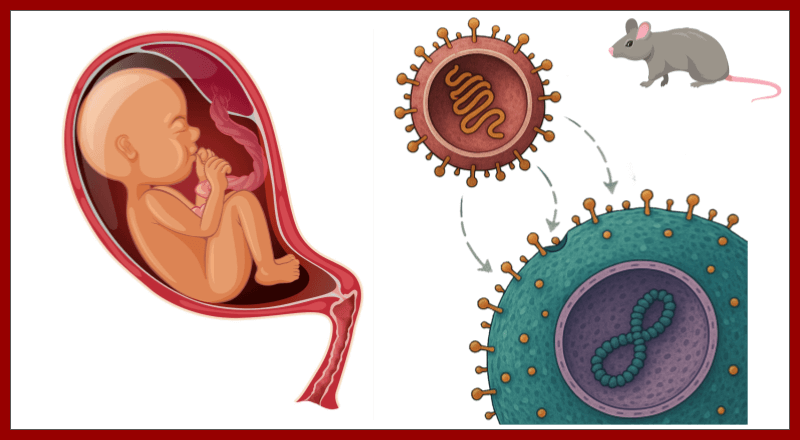
Case Study – The Placenta, MS, and a Viral Past
What if we told your students that a gene critical to human pregnancy came from a virus? And what if that same gene, when turned on in the wrong place, might play a role in multiple sclerosis? This is the real and fascinating story behind Syncytin-1, a protein that reveals just how tangled the relationship…
-
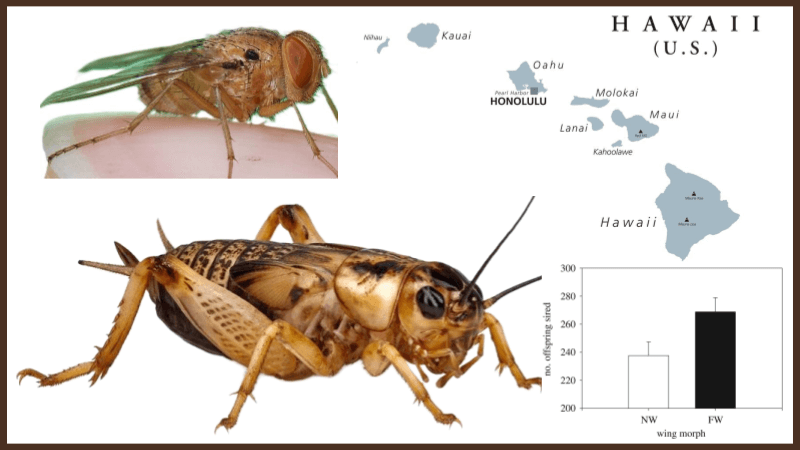
Case Study – The Cricket that Stopped Singing
Imagine this: on a quiet night in Hawaii, the usual symphony of chirping crickets suddenly vanishes. But it’s not just a natural lull — it’s the sound of evolution in action. This real-life phenomenon is the centerpiece of a ready-to-use biology case study perfect for your unit on evolution, natural selection, or animal behavior. It’s…
-
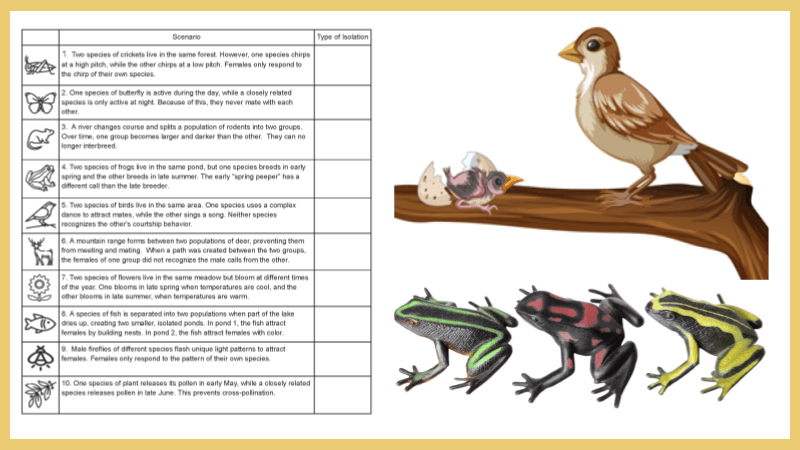
Why Can’t We Be Friends – Isolating Mechanisms
Are you teaching evolution, speciation, or mechanisms of reproductive isolation and need an engaging, ready-to-go resource? I’ve got you covered! Introducing “Why Can’t We Be Friends: Species Isolation Scenarios”, a student-friendly worksheet designed to help your class master the concepts of behavioral, geographic, and temporal isolating mechanisms. 🎯 What Are Isolating Mechanisms? In simple terms,…
-
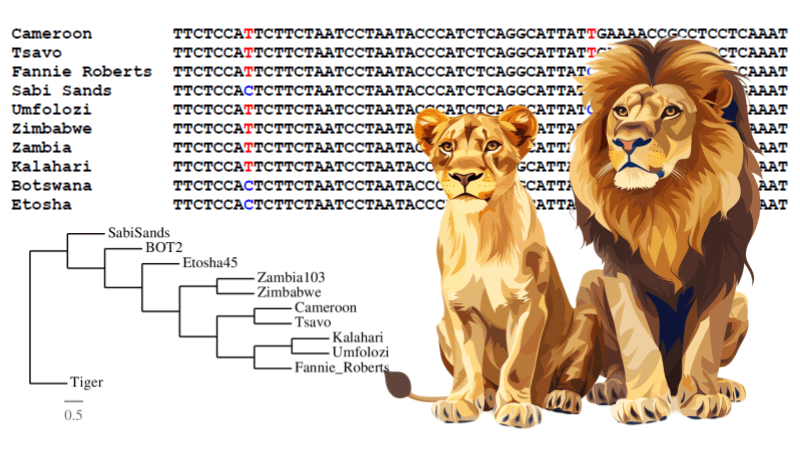
Create a Lion Phylogenetic Tree with Gene Sequences
Explore phylogenetic trees by examining DNA from different prides of lions in Africa.
-
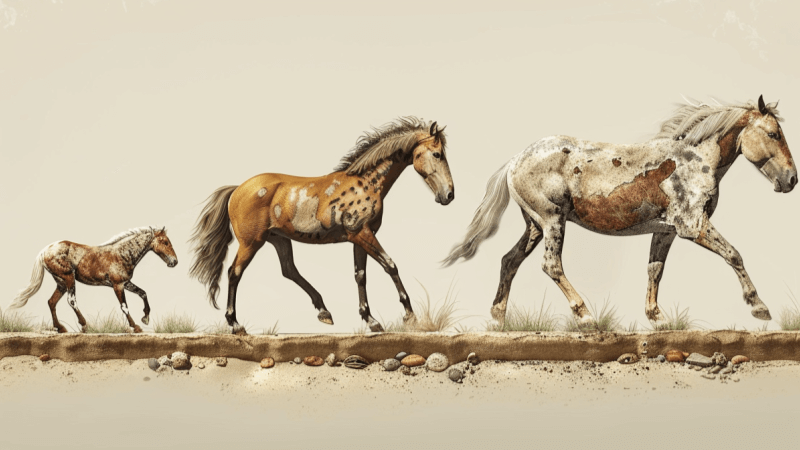
Explore the Evidence for Evolution
Discover the evidence of evolution with this worksheet. Explore fossil records, comparative anatomy, genetics to understand how species have evolved over time.
-
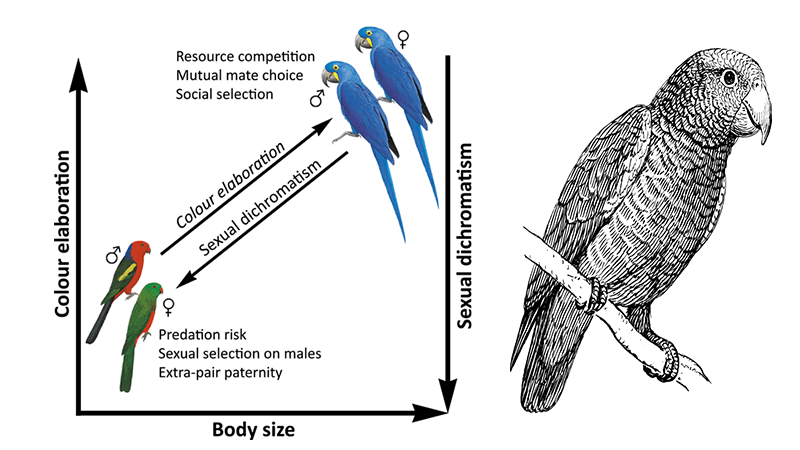
Variation and Sexual Dichromatism in Parrots
Explore sexual dimorphism be examining data on parrot coloration and environment details, like predators, competition, and mate choice.
-
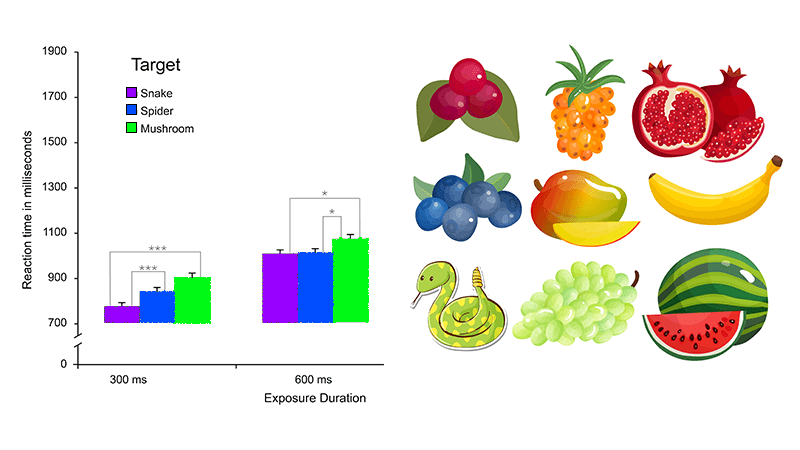
Analyzing Data – Snake Detection Hypothesis (CER)
Explore the snake detection hypothesis by reading about a study and identify claim and evidence.
-
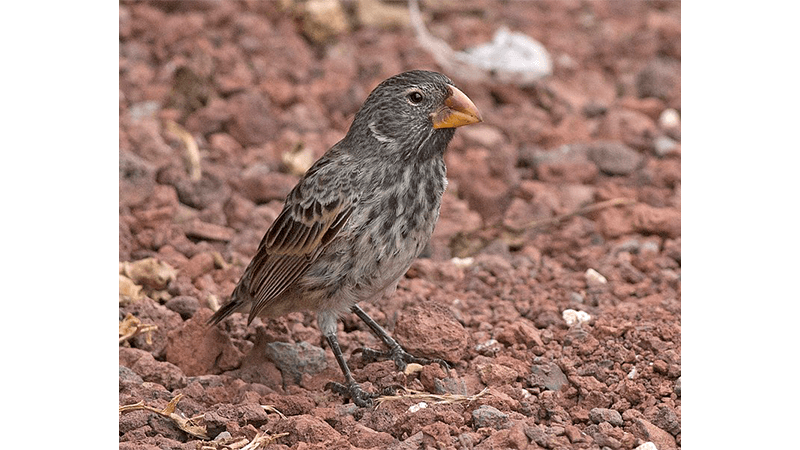
The Beak of the Finch (HHMI) Video Worksheet
Video worksheet for “The Beak of the Finch” at HHMI Biointeractive. Includes questions that follow video and a graph to analyze.
-
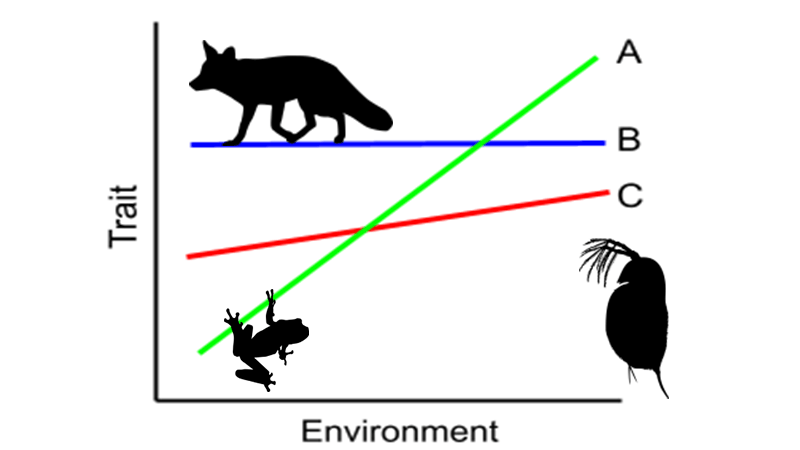
Exploring Phenotypic Plasticity in Arctic Foxes
Learn about arctic foxes and how they change color in the summer, a phenomenon called phenotypic plasticity.
-
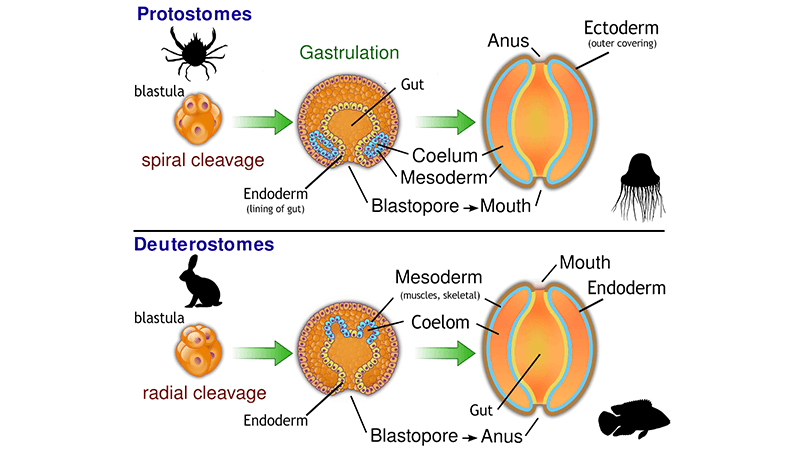
Compare Body Plans of Protostomes to Deuterostomes
Compare protostomes to deuterostomes, including details on the development of the blastula. Questions rely on students carefully examining the graphic.
-

Explore Bunny Selection and Mutations with PHET
Students explore bunny selection with this PHET interactive activity. Observe bunny populations change in response to environmental conditions and predators.
-
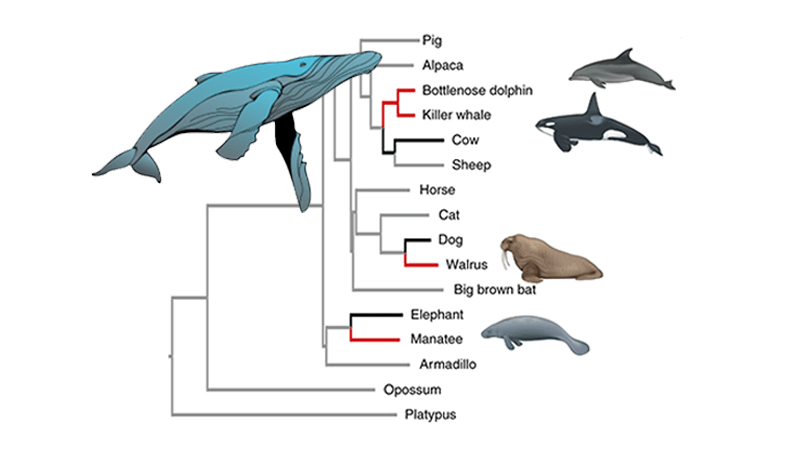
Mutations and Evolution in Aquatic Mammals
Students examine a phylogenetic tree that reveals mutations found in aquatic mammals as evidence of convergent evolution.
-
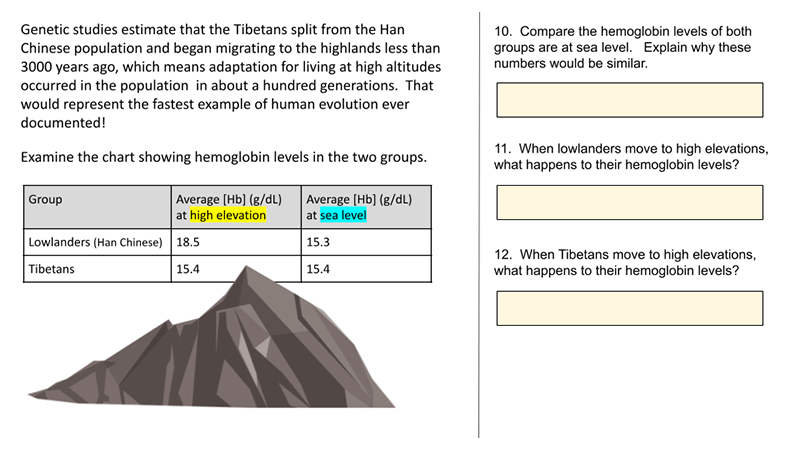
Case Study – Tibetans and Altitude (Remote)
This case study is a remote alternative to “How Do Tibetans Survive High Altitudes.” The remove version is shorter and does not require as much guidance by the instructor. I created this version with Google slides, so students can type their answers directly onto the slide. I made remote versions of several activities because I…
-
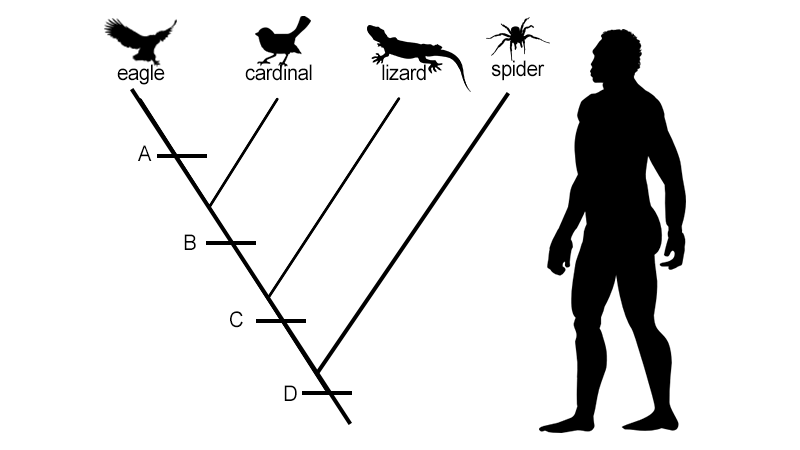
Construct a Chordate Cladogram – Guided Learning
Students learn how to construct a cladogram with this guided learning activity that focuses on the chordate group.
-
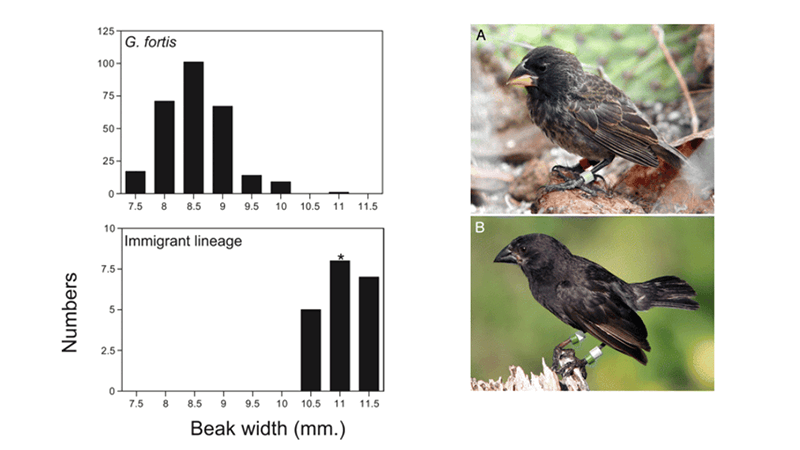
Speciation on Daphne Major – Big Birds Get No Love
The beaks of finches on the island changed in size after a catastrophic draught. Students analyze graphs and explore how natural selection affects populations.

